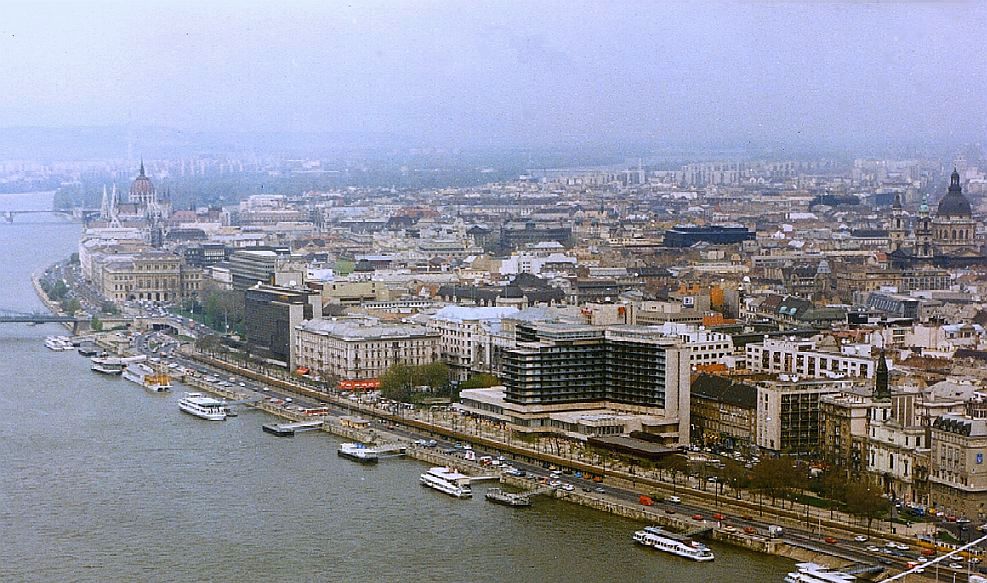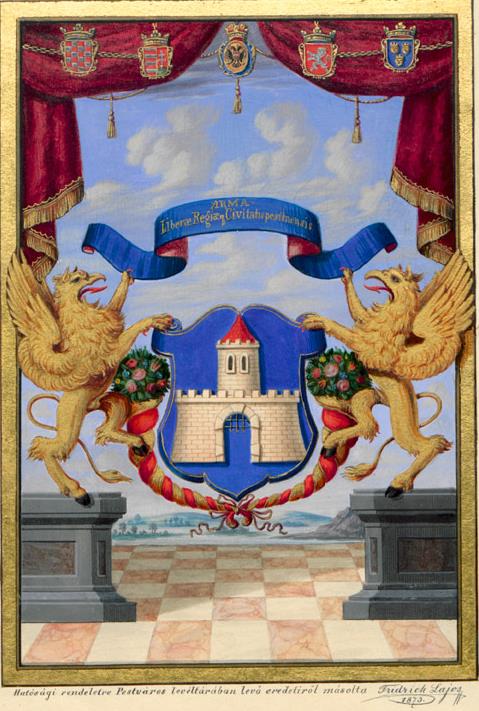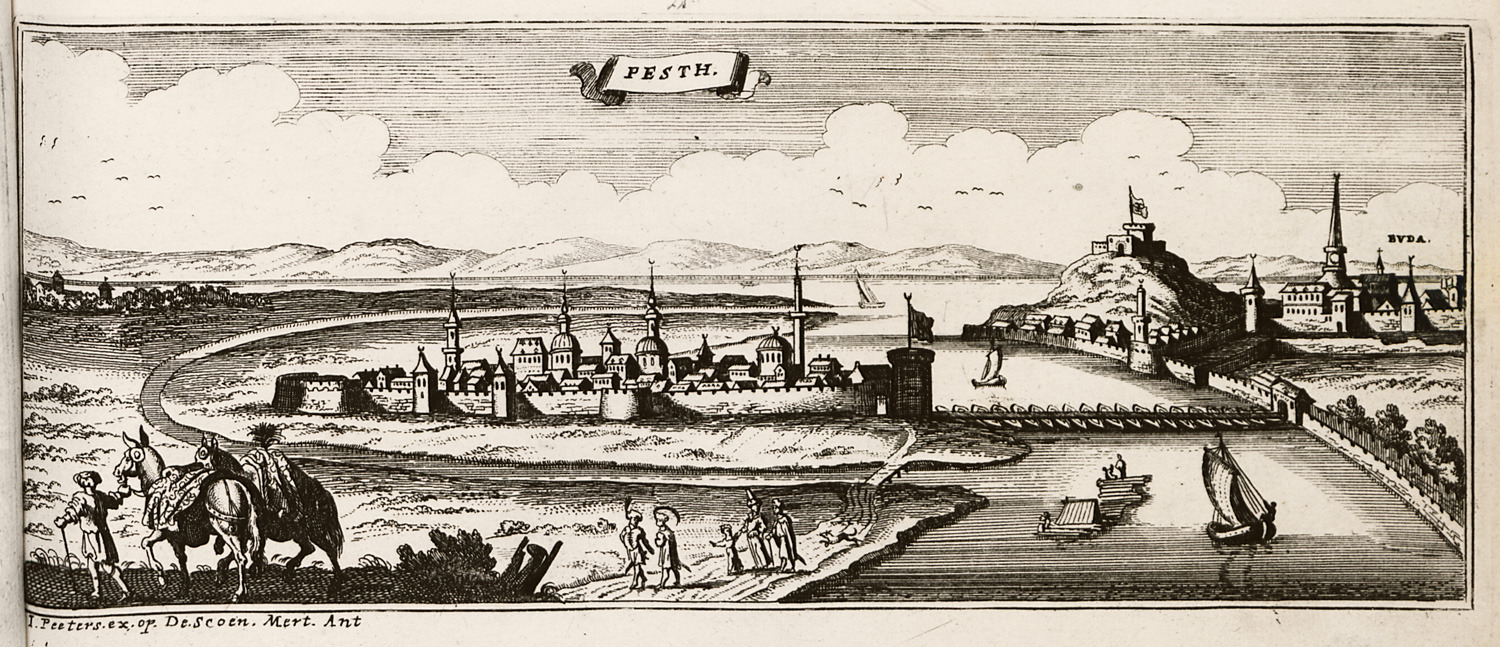Contra-Aquincum on:
[Wikipedia]
[Google]
[Amazon]

 Pest () is the eastern, mostly flat part of
Pest () is the eastern, mostly flat part of


 Pest was originally founded as a Celtic settlement, then a fortified camp established by the
Pest was originally founded as a Celtic settlement, then a fortified camp established by the  In 1838 Pest was flooded by the
In 1838 Pest was flooded by the

 Pest () is the eastern, mostly flat part of
Pest () is the eastern, mostly flat part of Budapest
Budapest (, ; ) is the capital and most populous city of Hungary. It is the ninth-largest city in the European Union by population within city limits and the second-largest city on the Danube river; the city has an estimated population ...
, Hungary
Hungary ( hu, Magyarország ) is a landlocked country in Central Europe. Spanning of the Pannonian Basin, Carpathian Basin, it is bordered by Slovakia to the north, Ukraine to the northeast, Romania to the east and southeast, Serbia to the ...
, comprising about two-thirds of the city's territory. It is separated from Buda and Óbuda
Óbuda was a town in Hungary that was merged with Buda and Pest on 17 November 1873; it now forms part of District III-Óbuda-Békásmegyer of Budapest. The name means ''Old Buda'' in Hungarian (in German, ''Alt-Ofen''). The name in Bosnian ...
, the western parts of Budapest, by the Danube River
The Danube ( ; ) is a river that was once a long-standing frontier of the Roman Empire and today connects 10 European countries, running through their territories or being a border. Originating in Germany, the Danube flows southeast for , pa ...
. Among its most notable sights are the Inner City
The term ''inner city'' has been used, especially in the United States, as a euphemism for majority-minority lower-income residential districts that often refer to rundown neighborhoods, in a downtown or city centre area. Sociologists some ...
, the Hungarian Parliament Building, Heroes' Square and Andrássy Avenue
The House of Andrássy is the name of a Hungarian noble family of very ancient lineage that was prominent in Hungarian history. The full family name is ''Andrássy de Csíkszentkirály et Krasznahorka''. ''Csíkszentkirály'' is a town in modern ...
.
In colloquial Hungarian, "Pest" is often used for the whole capital of Budapest. The three parts of Budapest
Budapest (, ; ) is the capital and most populous city of Hungary. It is the ninth-largest city in the European Union by population within city limits and the second-largest city on the Danube river; the city has an estimated population ...
(Pest, Buda, Óbuda
Óbuda was a town in Hungary that was merged with Buda and Pest on 17 November 1873; it now forms part of District III-Óbuda-Békásmegyer of Budapest. The name means ''Old Buda'' in Hungarian (in German, ''Alt-Ofen''). The name in Bosnian ...
) united in 1873.
Etymology
According toPtolemy
Claudius Ptolemy (; grc-gre, Πτολεμαῖος, ; la, Claudius Ptolemaeus; AD) was a mathematician, astronomer, astrologer, geographer, and music theorist, who wrote about a dozen scientific treatises, three of which were of importance ...
the settlement was called ''Pession'' in ancient times ( Contra-Aquincum). Alternatively, the name ''Pest'' may have come from a Slavic word meaning "furnace", "oven" (Bulgarian ; Serbian /''peć''; Croatian ''peć''), related to the word (meaning "cave"), probably with reference to a local cave where fire burned. The spelling ''Pesth'' was occasionally used in English, even as late as the early 20th century, although it is now considered archaic.
History
 Pest was originally founded as a Celtic settlement, then a fortified camp established by the
Pest was originally founded as a Celtic settlement, then a fortified camp established by the Romans
Roman or Romans most often refers to:
*Rome, the capital city of Italy
* Ancient Rome, Roman civilization from 8th century BC to 5th century AD
*Roman people, the people of ancient Rome
*''Epistle to the Romans'', shortened to ''Romans'', a lette ...
(Contra-Aquincum) across the river from their military border camp at Aquincum
Aquincum (, ) was an ancient city, situated on the northeastern borders of the province of Pannonia within the Roman Empire. The ruins of the city can be found today in Budapest, the capital city of Hungary. It is believed that Marcus Aurelius w ...
. Remains of the original Roman camp can still be seen at Március 15. tér.
During the Middle Ages, Pest was an independent city
A city is a human settlement of notable size.Goodall, B. (1987) ''The Penguin Dictionary of Human Geography''. London: Penguin.Kuper, A. and Kuper, J., eds (1996) ''The Social Science Encyclopedia''. 2nd edition. London: Routledge. It can be def ...
separate from Buda/Ofen, which became an important economic center during the 11th–13th centuries. The first written mention dates back to 1148.
Pest was destroyed in 1241 Mongol invasion of Hungary, but was rebuilt shortly thereafter.
Demographically, in the 15th century Pest was mostly Hungarian, while Buda across the Danube had a German-majority population.
 In 1838 Pest was flooded by the
In 1838 Pest was flooded by the Danube
The Danube ( ; ) is a river that was once a long-standing frontier of the Roman Empire and today connects 10 European countries, running through their territories or being a border. Originating in Germany, the Danube flows southeast for , p ...
; parts of the city were under as much as eight feet of water, and the flood destroyed or seriously damaged three-fourths of the city’s buildings. In 1849 the first suspension bridge, the Széchenyi Chain Bridge
The Széchenyi Chain Bridge ( hu, Széchenyi lánchíd ) is a chain bridge that spans the River Danube between Buda and Pest, the western and eastern sides of Budapest, the capital of Hungary. Designed by English engineer William Tierney Clark ...
, was constructed across the Danube connecting Pest with Buda. Subsequently, in 1873, the two cities were unified with Óbuda
Óbuda was a town in Hungary that was merged with Buda and Pest on 17 November 1873; it now forms part of District III-Óbuda-Békásmegyer of Budapest. The name means ''Old Buda'' in Hungarian (in German, ''Alt-Ofen''). The name in Bosnian ...
to become Budapest
Budapest (, ; ) is the capital and most populous city of Hungary. It is the ninth-largest city in the European Union by population within city limits and the second-largest city on the Danube river; the city has an estimated population ...
.
Notable people
*László Teleki
Count László Teleki IV de Szék (11 February 1811 – 8 May 1861) was a Hungarian writer and statesman. He is remembered as the author of the drama ''Kegyencz'' ("The Favourite", 1841). In older books in English he is given the name "Ladisla ...
(1811–1861), writer, statesman and magician
*Henrik Weber
Henrik Wéber known as Henrik Weber (24 May 1818, in Pest – 14 May 1866, in Pest) was a Hungarian portrait and history painter in the Realism movement.
He is considered as one of the most important Hungarian painters of the Biedermeier peri ...
(1818–1866), painter
*Theodor Herzl
Theodor Herzl; hu, Herzl Tivadar; Hebrew name given at his brit milah: Binyamin Ze'ev (2 May 1860 – 3 July 1904) was an Austro-Hungarian Jewish lawyer, journalist, playwright, political activist, and writer who was the father of modern po ...
(1860–1904), founder of the political Zionist movement
* Harry Houdini (1874–1926), illusionist, escape acts performer
See also
*Budapest
Budapest (, ; ) is the capital and most populous city of Hungary. It is the ninth-largest city in the European Union by population within city limits and the second-largest city on the Danube river; the city has an estimated population ...
* Inner City (Budapest)
* Pest County
* Újpest
Újpest (; german: Neu-Pest, en, New Pest) is the 4th District in Budapest, Hungary. It is located on the left bank of the Danube River. The name Újpest means "New Pest" because the city was formed on the border of the city of Pest, Hungary i ...
(New Pest)
* Kispest
Kispest (lit. ''Little Pest'') is the 19th (XIX) district of Budapest, Hungary. It lies south-southeast of the historical Pest city. It was founded in 1871 on rural land as a village at the borderline of Pest, so it was named Kispest.
Histo ...
(Little Pest)
* Pestszentlőrinc
Pestszentlőrinc is neighborhood of Pestszentlőrinc-Pestszentimre in the city of Budapest, Hungary
Hungary ( hu, Magyarország ) is a landlocked country in Central Europe. Spanning of the Carpathian Basin, it is bordered by Slovakia ...
(Saint Lawrence of Pest)
* Buda
* Óbuda
Óbuda was a town in Hungary that was merged with Buda and Pest on 17 November 1873; it now forms part of District III-Óbuda-Békásmegyer of Budapest. The name means ''Old Buda'' in Hungarian (in German, ''Alt-Ofen''). The name in Bosnian ...
(Old Buda)
References
Further reading
* Beksics, Gusztáv:'' Magyarosodás és magyarositás. Különös tekintettel városainkra''. Budapest, 1883External links
{{Authority control Geography of Budapest